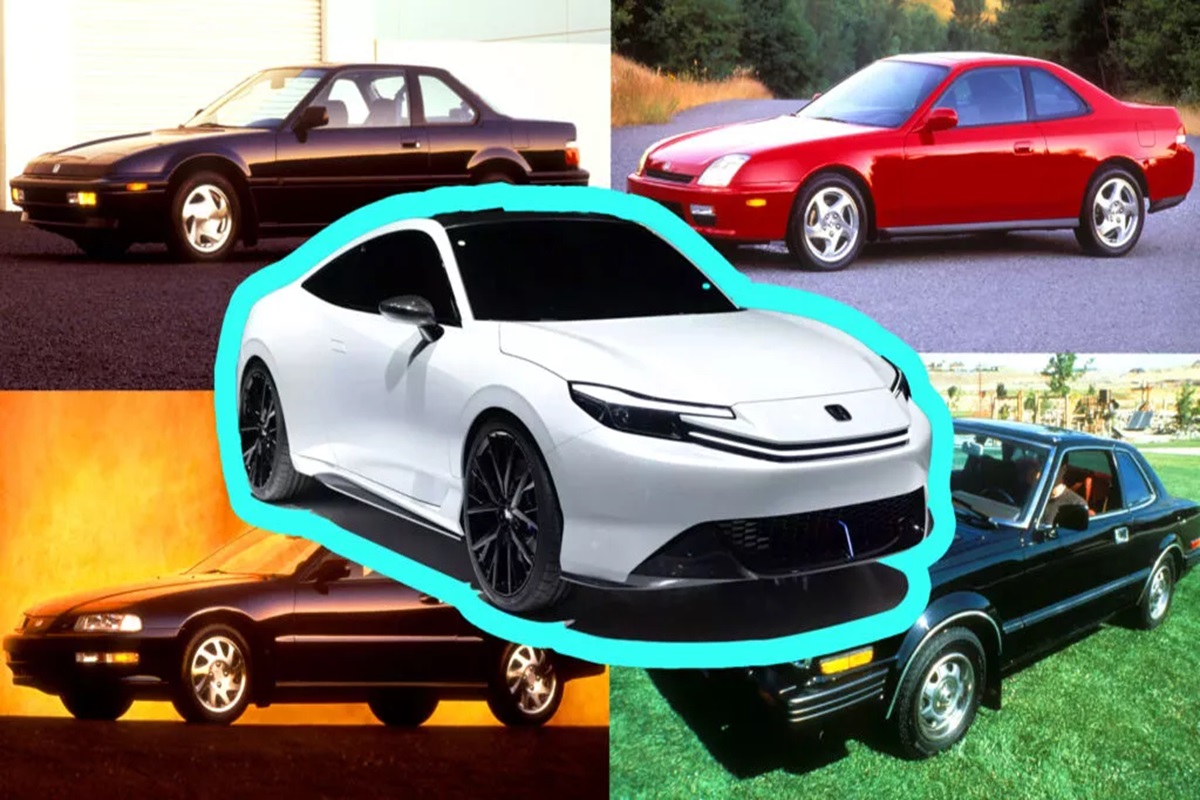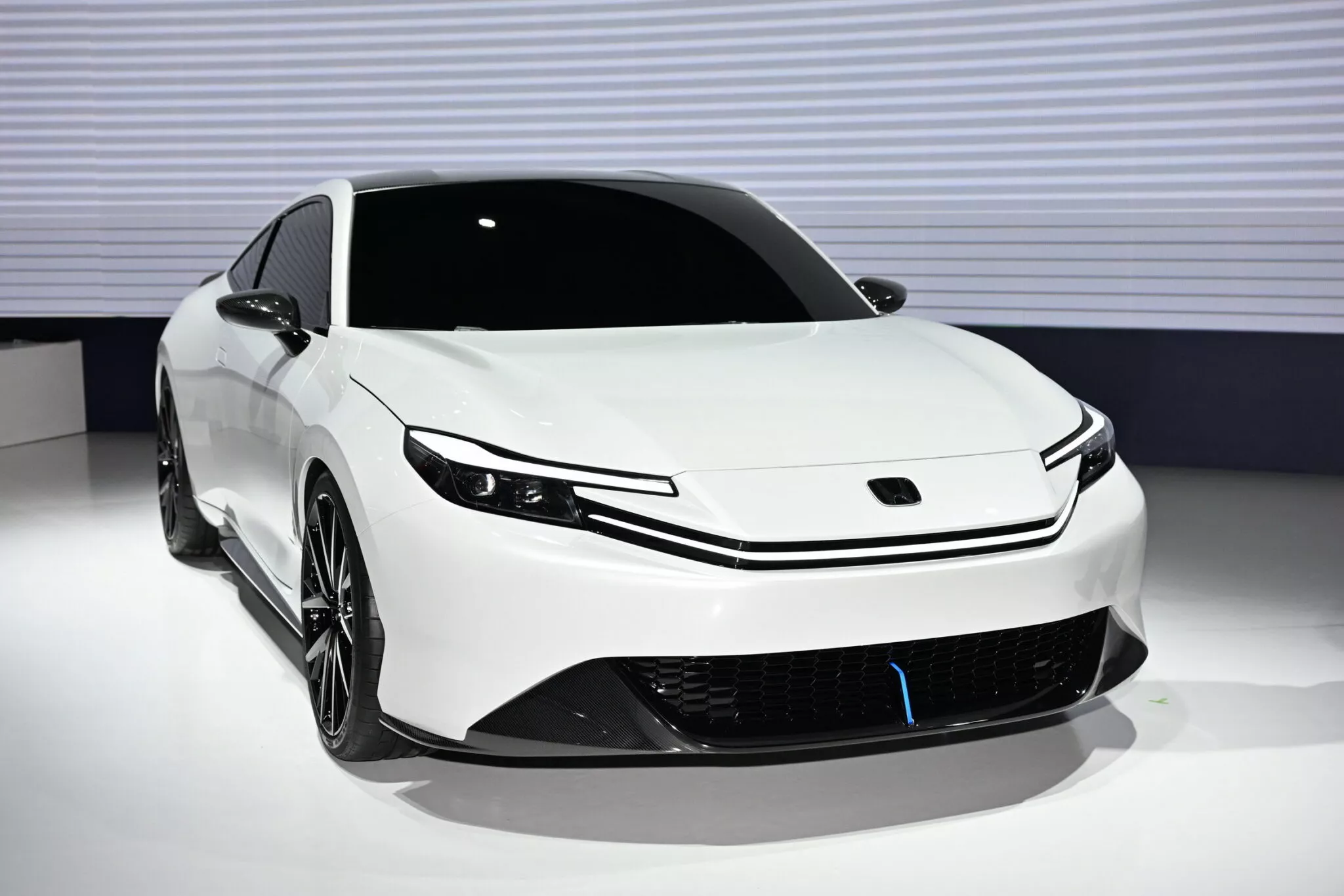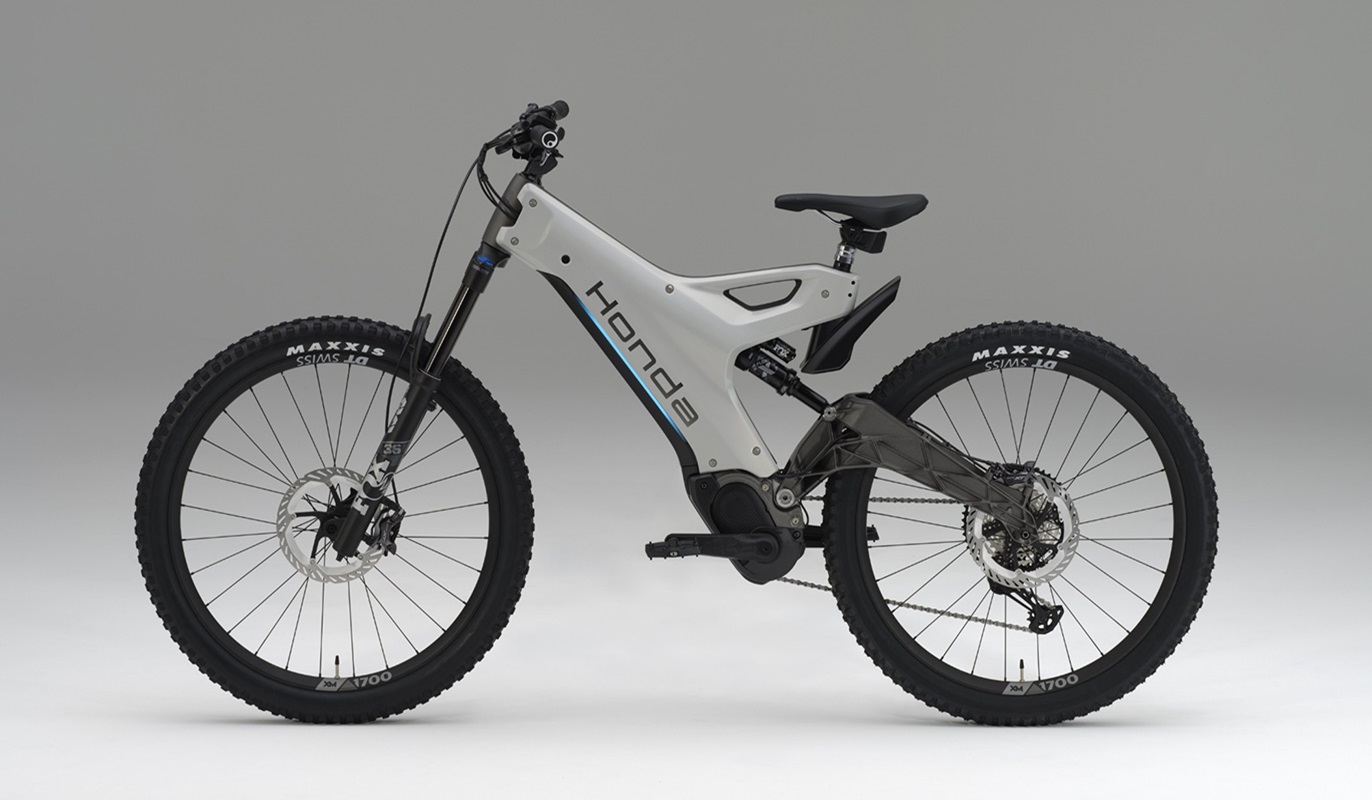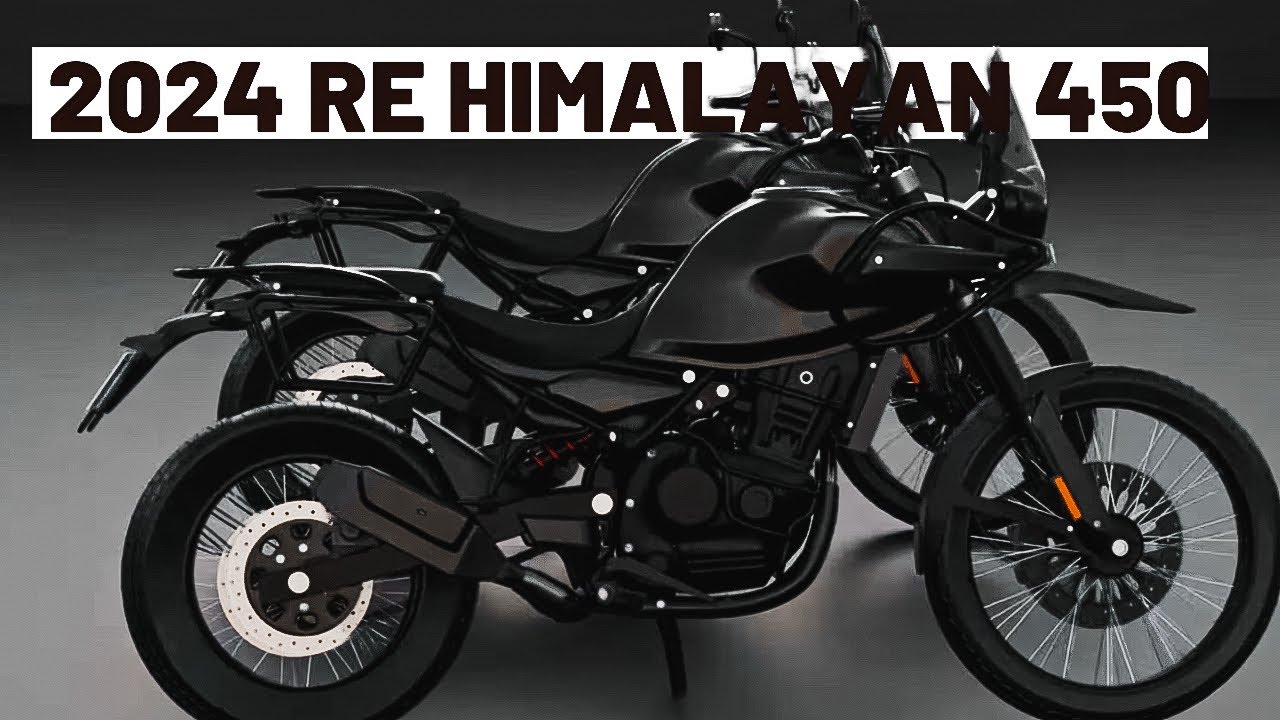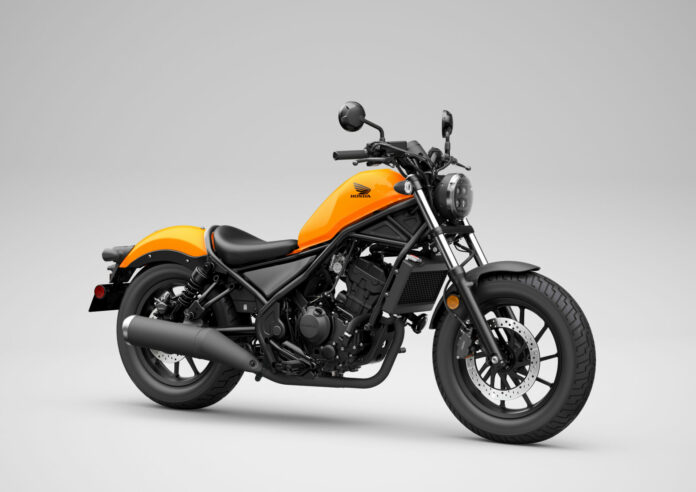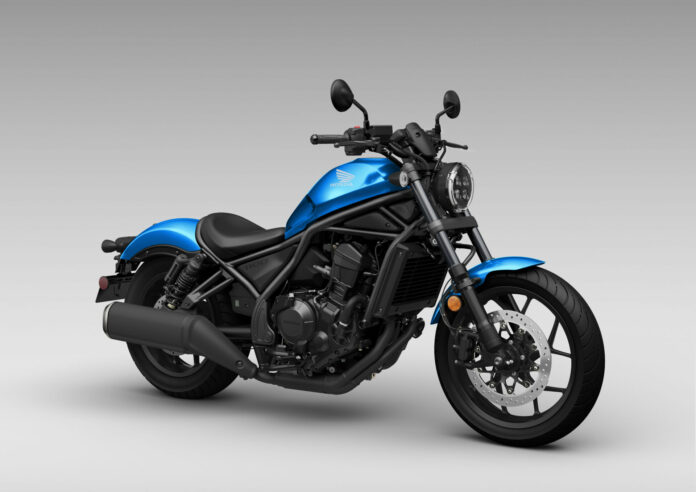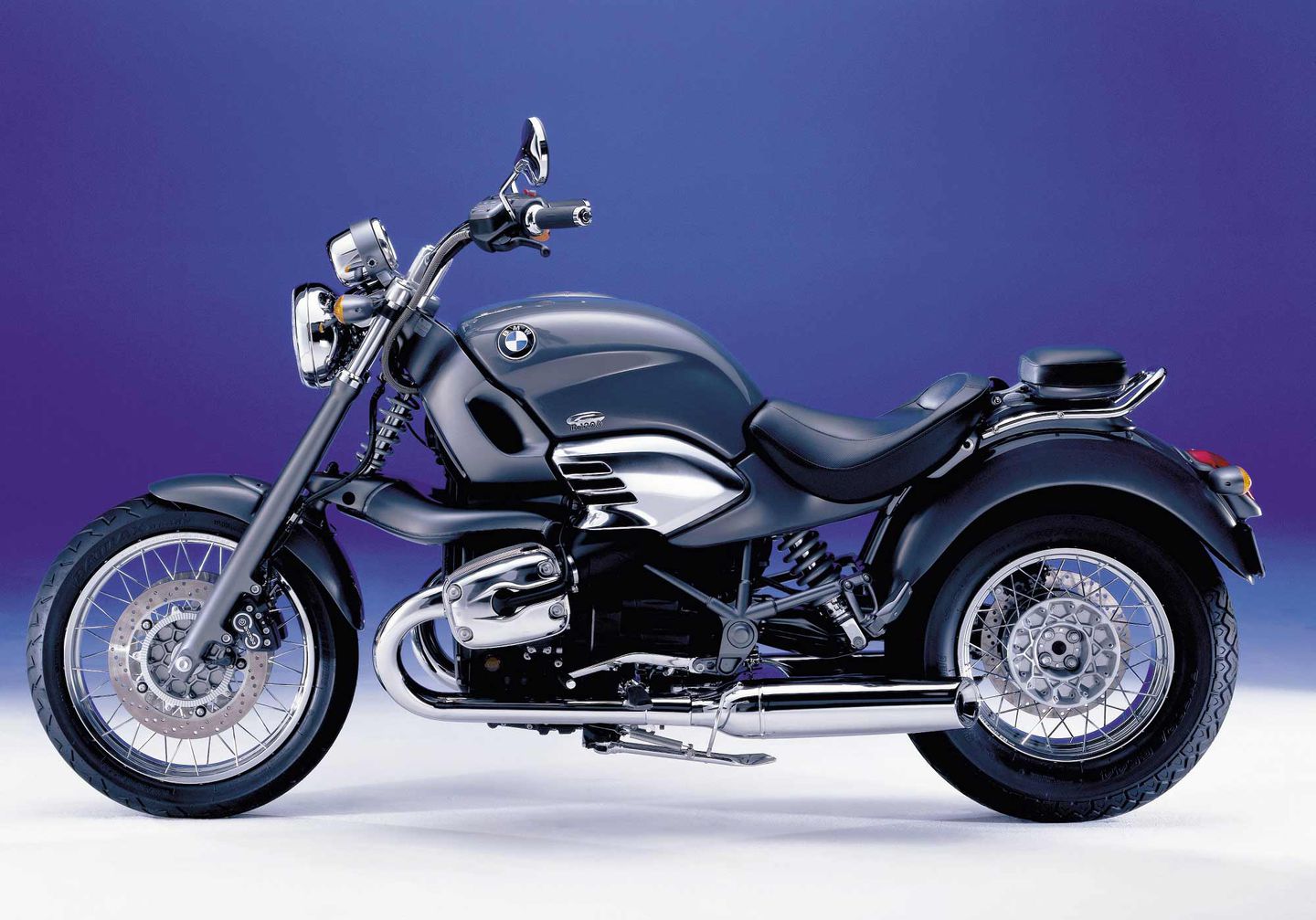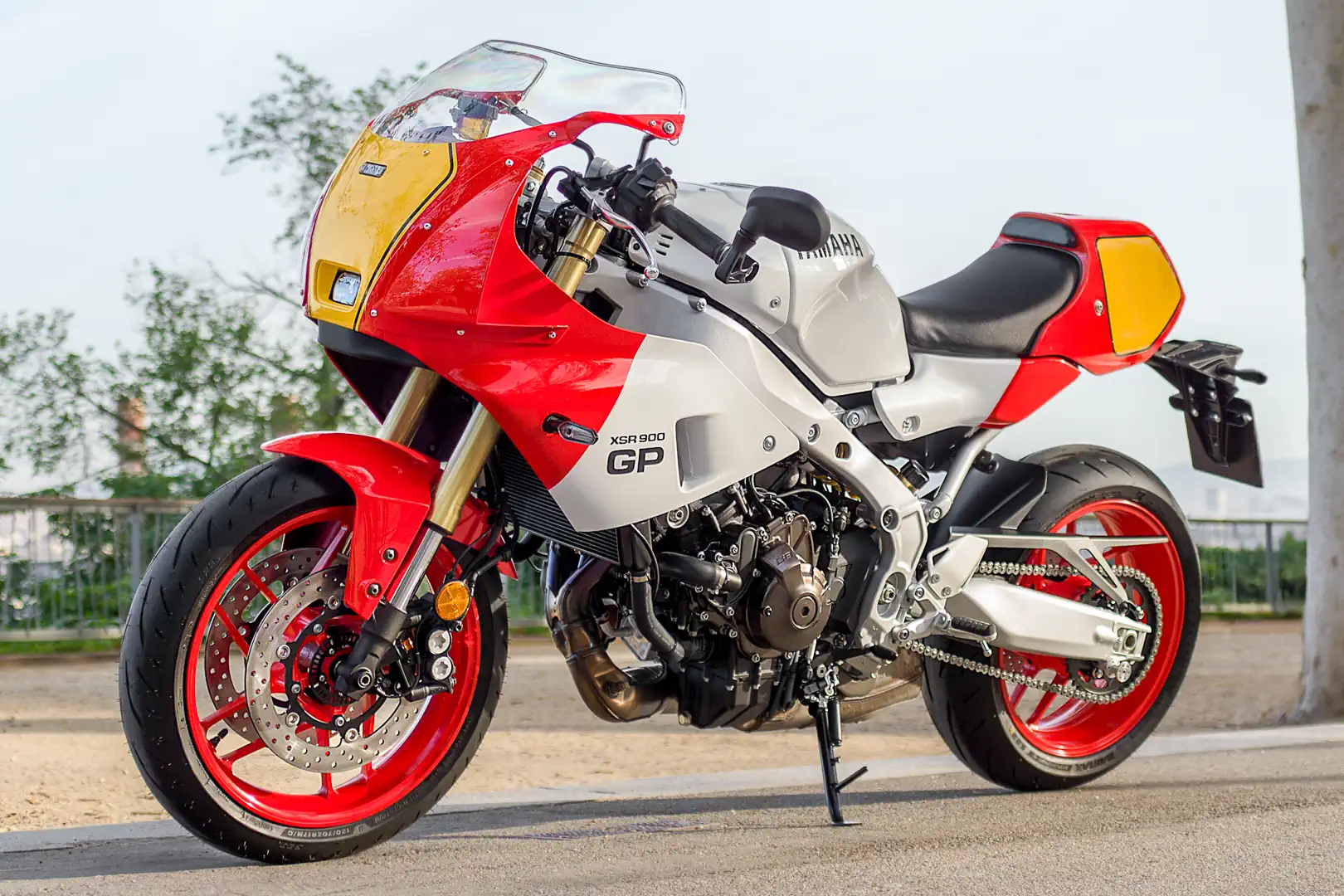BMW has unveiled its new 2024 M 1000 XR, which is touted as the lightest and most powerful cross-over motorcycle in the world. This new bike is designed to meet the highest demands, whether you’re riding dynamically on winding roads, embarking on long-distance journeys, or hitting the track.
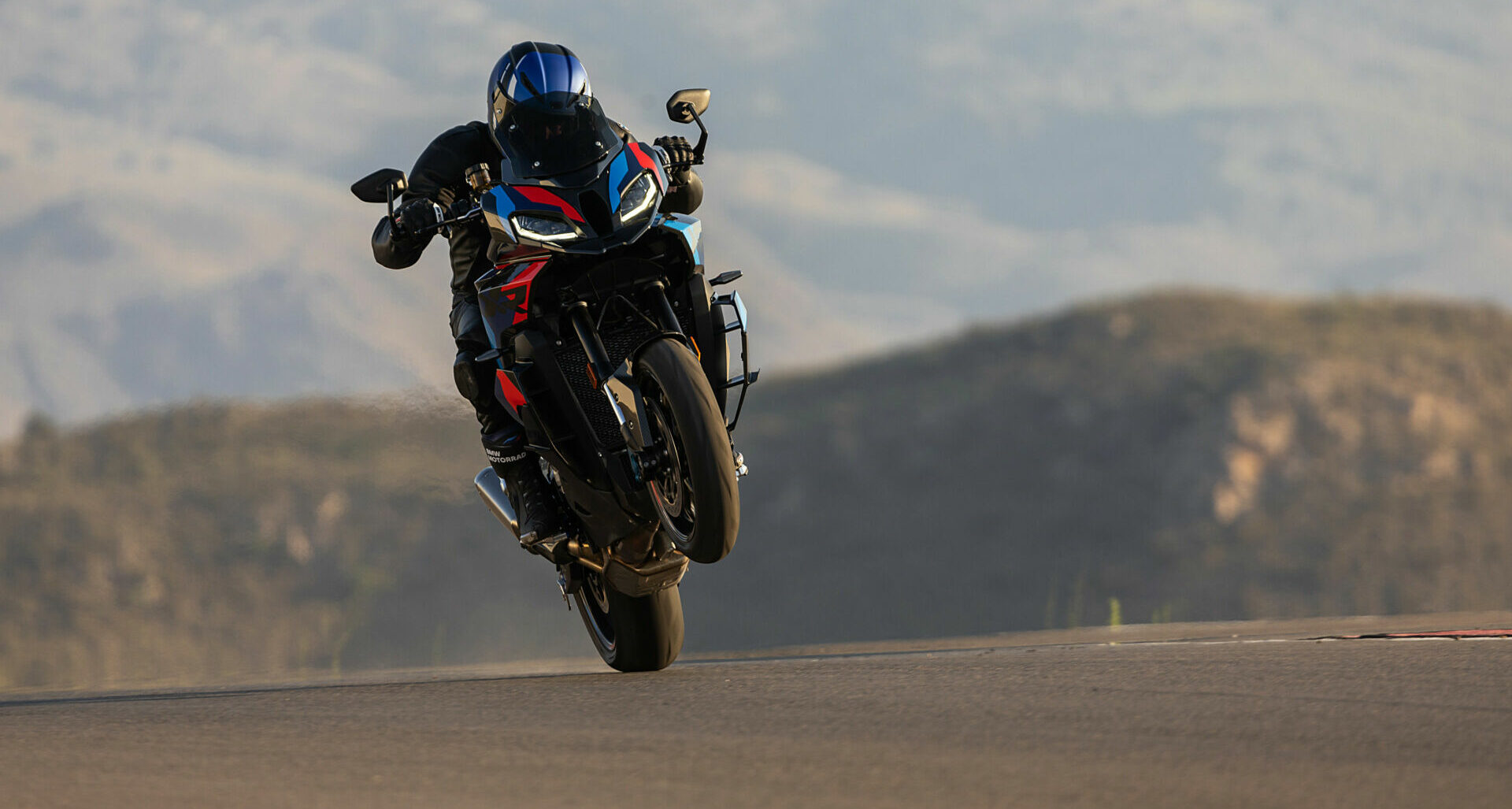
The M 1000 XR is the third model in BMW Motorrad’s M lineup, joining the ranks of the M 1000 RR superbike and the M 1000 R roadster. With the M series, BMW is catering to customers with high expectations for performance, exclusivity, and individuality.
The heart of the M 1000 XR is its powerful 4-cylinder in-line engine, based on the M RR engine. It boasts an impressive peak power output of 201 horsepower at 12,750 rpm, which is 31 horsepower more than the 2024 S 1000 XR. The engine also delivers a maximum torque of 83 lb-ft. at 11,000 rpm. It can rev up to 14,600 rpm, providing substantial power for high-performance riding.
Significant improvements in acceleration and pulling power, especially in the range from 10,000 to 12,000 rpm, make the M 1000 XR a true powerhouse. A shorter secondary gear ratio and revised gear ratios in 4th, 5th, and 6th gears contribute to increased rear-wheel pulling power in all gears. The M 1000 XR also features BMW’s ShiftCam technology for varying timing and valve lift, enhancing power delivery across various riding conditions.
The intake system has shorter intake runners for optimized air charge at high engine speeds. The M 1000 XR is equipped with a full E-throttle system, making it responsive and adaptable to different riding situations.
For the exhaust system, BMW developers aimed to increase power and torque delivery while reducing weight. The M 1000 XR features a lightweight exhaust system with two three-way catalytic converters and a titanium rear muffler with a carbon end cap.
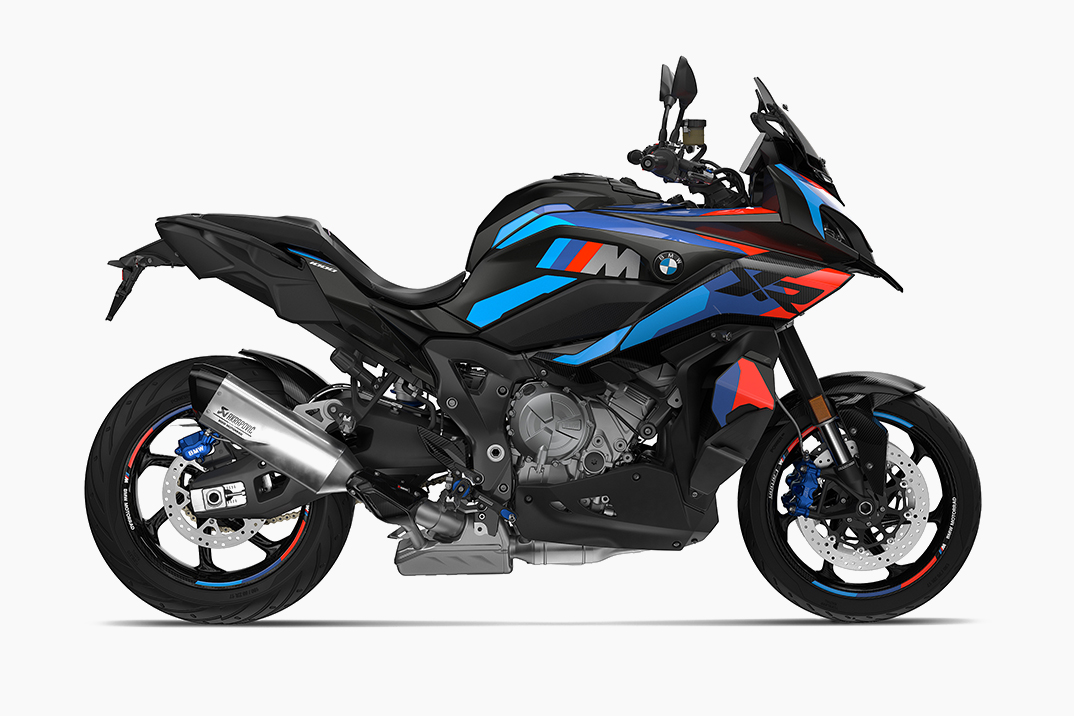
The M 1000 XR’s engine offers significantly improved riding performance, boasting quicker acceleration and more pulling power. In tests, it has shown impressive acceleration times, such as 7.4 seconds to reach 124 mph, outperforming the S 1000 XR by 1.3 seconds. This bike is designed to be equally capable on the track and for everyday street riding.
The M 1000 XR offers various riding modes, including “Rain,” “Road,” “Dynamic,” “Race,” and “Race Pro 1-3.” These modes cater to different riding scenarios, from everyday commuting to high-performance track riding.
It also features the latest generation of Dynamic Traction Control (DTC) and a DTC wheelie function, both supported by a 6-axis sensor. These systems enhance safety and performance during acceleration and control wheelies, ensuring a more dynamic and secure riding experience.
Additionally, the bike includes Shift Assistant Pro for quick gear changes without using the clutch, Launch Control for perfect race starts, Pit Lane Limiter for maintaining precise speeds in the pit lane, and Hill Start Control Pro for easy starts on inclines.
The bike comes equipped with lightweight forged aluminum wheels as standard. Additionally, the M Carbon wheels, available as an option, are even lighter, contributing to improved acceleration, braking, and handling.
A notable feature is the Brake Slide Assist function, which is especially valuable for track riders. This feature allows riders to brake drift into corners with a controlled slide. The system limits rear wheel brake pressure through the ABS Pro system while controlling rear wheel slip through engine drag torque control. Riders have significant influence on the drift behavior through handlebar force, making this an essential feature for track enthusiasts.
The M 1000 XR is equipped with a modern instrument cluster featuring a large 6.5-inch TFT display. It offers a range of customizable screen displays to provide riders with essential information. The instrument cluster ensures excellent readability under various lighting conditions, enhancing user-friendliness.
The display also incorporates a start-up animation with the iconic M logo. As a part of the M lineup, this bike boasts a host of advanced electronic rider aids and safety features, including an OBD interface for the M GPS Datalogger and M GPS Laptrigger.


